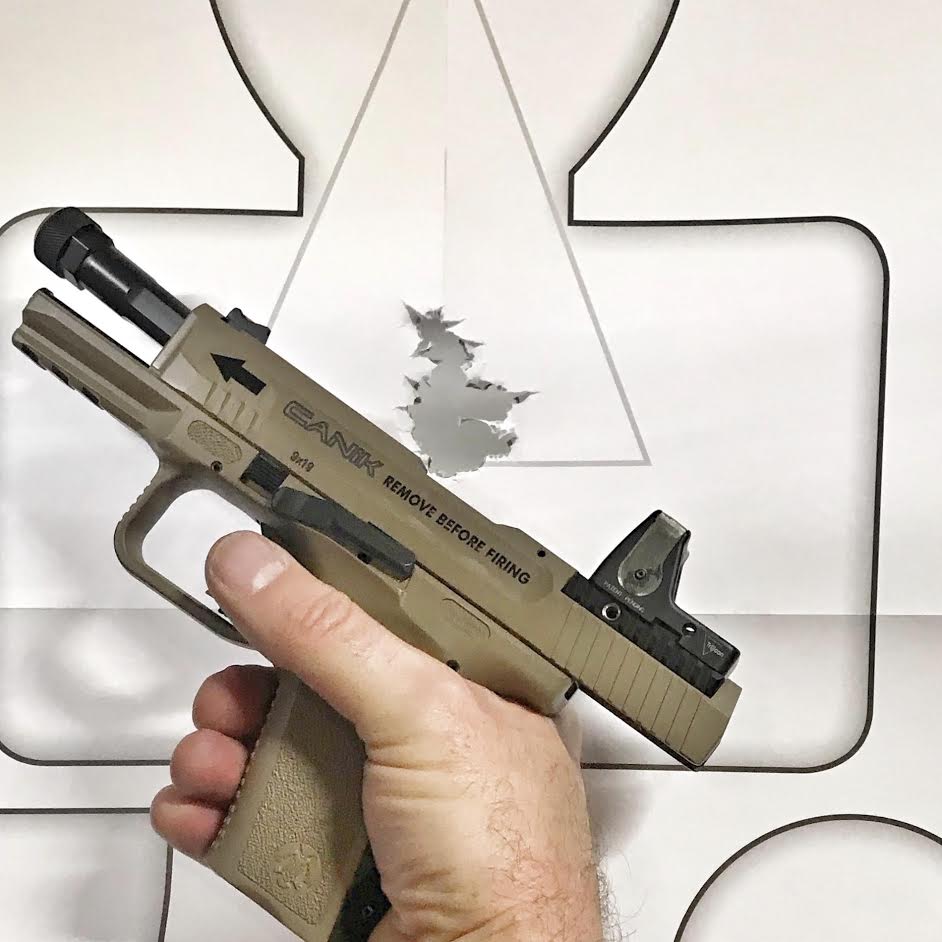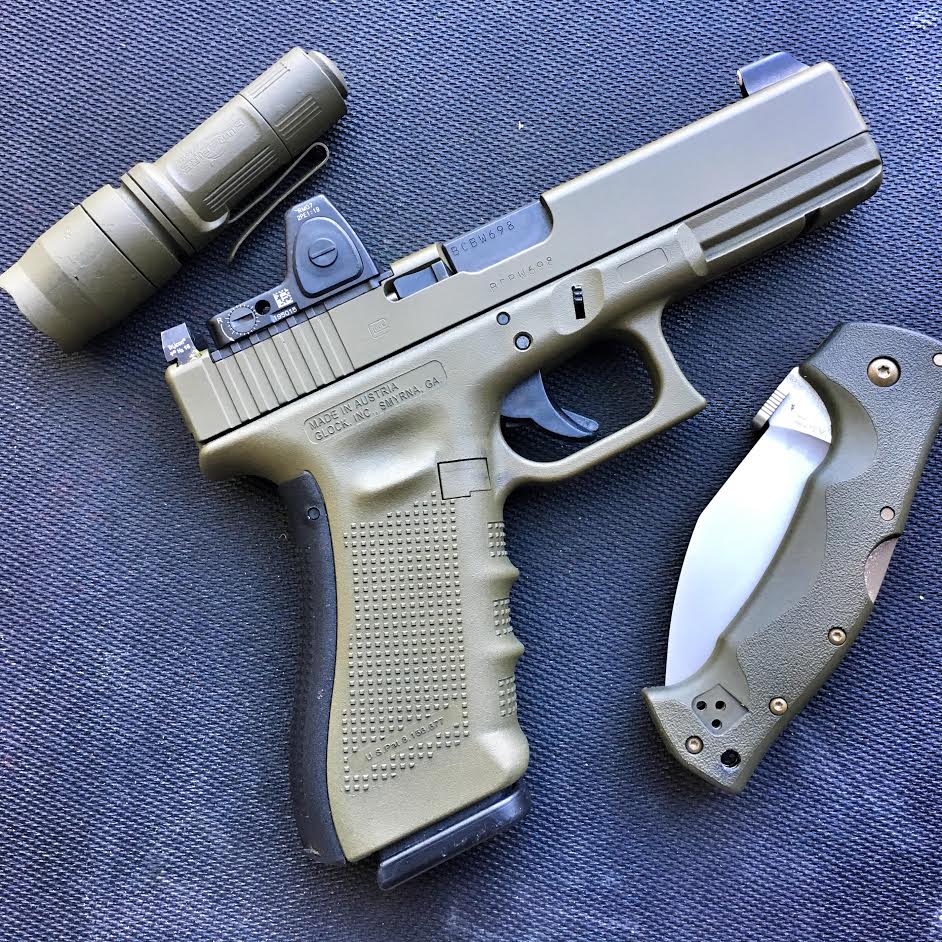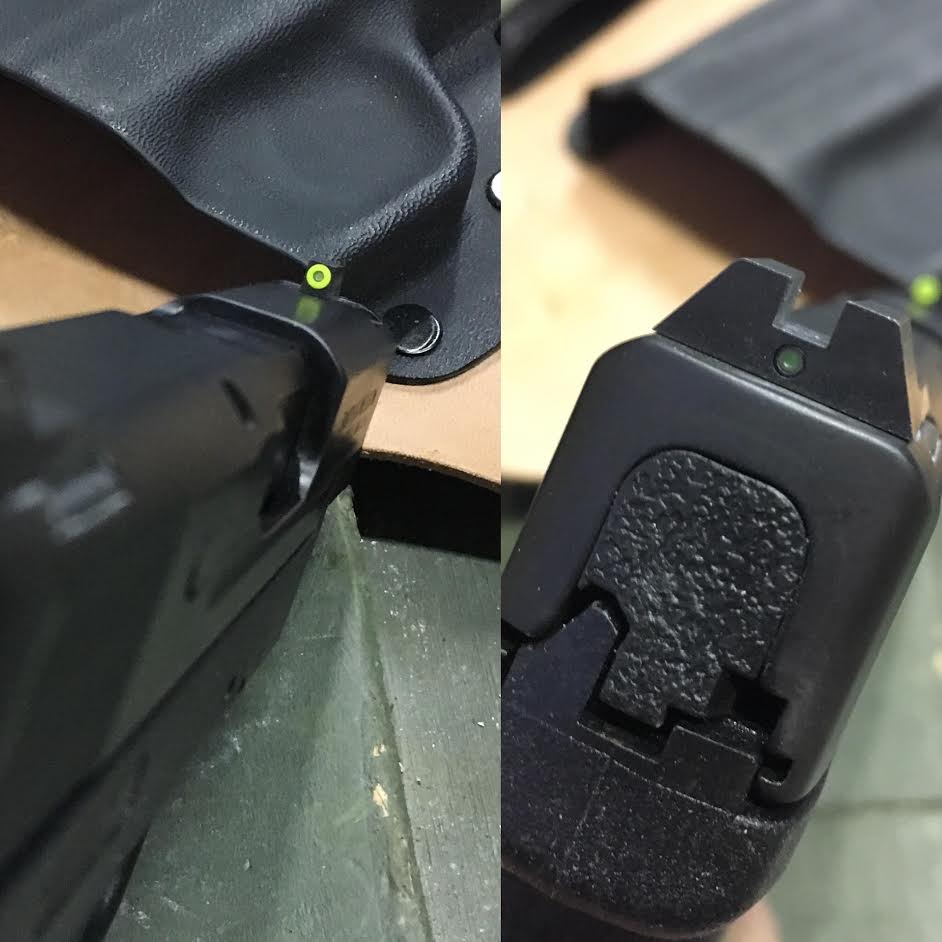“There’s nothing I can do with red dots that I cannot do with my iron sights.” So said the gentleman on the pistol range standing next to me. To be fair, his assessment was likely correct, at least for as far as what he was doing. The gentleman was slow-firing at a paper target that was about five yards down range. He was under no time constraints. The lighting was good. He was standing tall with both hands on his pistol.
Under the circumstances that I just described, stock iron sights would very likely suffice and that is the prism through which most people will look. When the subject of fighting with a pistol in your hands comes up, all of those factors will be suspect. In a fight, time is NOT on your side. More likely than not, you will be moving and your opponent will be moving. The available light will be poor and you may only have the time or opportunity to use a single hand.
Proof of Concept.

The proof of concept or field trials, if you will, has long since been established. For more than a decade our Armed Forces have engaged real world threats, under less than ideal circumstances, using rifles, carbines, and machine guns equipped with red dot optics. Similarly, American law enforcement almost exclusively mount red dot optics on their patrol rifles.
Success in the field is well-documented and not really disputable. There is no movement afoot to remove optics from fighting guns and return exclusively to iron sights. Yes, iron sights or backup sights on fighting rifles are prudent and common, but even the hard corps, traditionalists have to admit that rifles and carbines are more effective in a fight with an optic of some sort.
Keep in mind, for this discussion we are not talking about magnified optics that make the target appear closer. Our primary focus is on 1:1 optics that simply give us an easy to find and use reference point to place on our target.
Why Handgun Red Dots?
You can view more videos from Student of the Gun here.
Naturally, long guns are more effective fight stoppers than handguns. However, handguns are the go to for everyday carry, whether discreet concealed carry or open duty carry, ala law enforcement. As far as the both citizens and law enforcement are concerned, the threat is the same regardless of the tool they happen to be holding.
Consider that for a moment. The deadly threat that we would preferably neutralized with a long gun, must be dealt with by using a handgun in most circumstances. Given the previous fact, why is it right to have a red dot on a carbine but somehow wrong to have a red dot on a handgun? Either way, we are talking about fighting off a deadly threat.
Target Focus VS Sight Focus.

The natural human reaction to a threat is to focus their visual attention on that threat. Human eyes can only focus at one distance at a time. From a marksmanship standpoint, we understand that precision demands that we focus on, or see clearly, the front sight of our handgun or rifle.
We know that the human animal wants to focus on the threat during the adrenaline dump of a life and death attack. We also know that to put rounds on target with iron sights, the shooter has to index that sight on the target.
Keeping with the human animal’s desire to see the threat, there is a tendency for shooters to look over their handguns at the threat. This translates to the muzzle being lowered or depressed and shots going low and/or completely missing the target.
Are Red Dots The Solution?

Understanding that, during a life-threatening fight, the attacker and defender will likely be moving or trying to move, the human tendency under stress is to focus on the threat, not the sights. People will unconsciously depress the gun as they are focusing on the threat. What is the solution?
Twenty, even ten, years ago, red dot sights on handguns were large, cumbersome and rather expensive. The only people who were using red dots on handguns were competition shooters. Their custom set-ups cost thousands of dollars. Today, that has all changed.
In our modern world, there are numerous handguns that are shipped “Optic Ready” from the factory. Mini and micro red dot sights are available from a variety of makers at a variety of price points that are far lower than during decades past. The point is, you no longer have to be a sponsored competition shooter to afford a pistol with a red dot.
During the next installment, we will address the hardware specifics available to citizens.

Start the discussion at the Full30 forum forum.full30.com